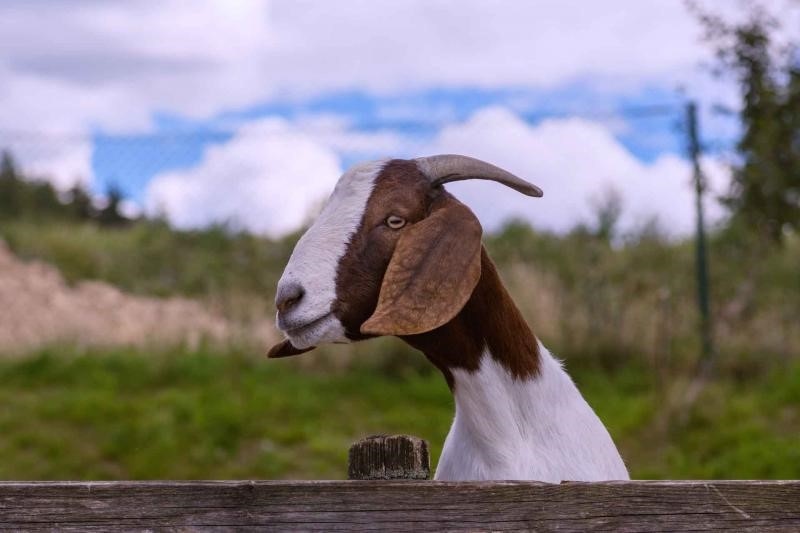Rift Valley fever vaccine shown safe for pregnant animals
Vaccine called well suited for tackling outbreak situations and could limit circulation of RVF among animals and people.
October 24, 2019

Collaborative research involving scientists from The Pirbright Institute in the U.K. has shown that a new vaccine, ChAdOx1 RVF, is effective at protecting pregnant sheep and goats from Rift Valley fever (RVF), a debilitating disease that can also be transmitted to people.
According to the announcement from the institute, this work will also help progress the development of the vaccine, which could be the first to be used against both a human and animal disease.
RVF is spread across Africa and the Arabian Peninsula and is caused by a virus that infects livestock such as sheep, goats, cattle and camels. Infection of animals with RVF virus results in high mortality and poor outcomes during pregnancy, including stillbirths, fetal malformations and abortions, the announcement said. It also poses a severe threat to human health, but there is currently no licensed human vaccine available. People can contract the disease through contact with contaminated tissues and fluids of livestock as well as being bitten by infected mosquitoes.
ChAdOx1 RVF was developed by The Jenner Institute at the University of Oxford and was previously shown to be safe and effective at protecting animals. The vaccine has since been scheduled for human trials, but its effects on pregnant animals still required examination, the institute said.
Pirbright scientists worked with The Jenner Institute, Wageningen University Research in the Netherlands, BioVacc Consulting Ltd. and the KEMRI-Wellcome Trust Research Program in Kenya to demonstrate the vaccine’s safety in pregnant goats and sheep at the institute’s specialist high-containment facilities.
The study, published in npj Vaccines, has shown that animals immunized with a single dose of ChAdOx1 RVF remain healthy and suffer no pregnancy losses after challenge with a virulent strain of RVF virus. The protection was more robust in sheep than goats, despite the similar levels of immune response induced, which suggests that protection mechanisms against RVF could differ among livestock species, Pirbright said.
The research demonstrates that ChAdOx1 RVF overcomes the drawbacks current veterinary RVF vaccines experience, such as causing pregnancy complications or requiring multiple booster vaccinations, the announcement said.
ChAdOx1 RVF also generates a rapid immune response and allows diagnostic tests to differentiate between infected and vaccinated animals. These properties make this vaccine well suited for tackling outbreak situations and could limit the circulation of RVF among animals and people, Pirbright said.
“This research will aid the development of ChAdOx1 RVF for human use, and for the first time, we may see a vaccine that can be deployed against the same virus in both animals and humans,” Pirbright Institute director and professor Bryan Charleston said.
Source: The Pirbright Institute, which is solely responsible for the information provided and is wholly owned by the source. Informa Business Media and all its subsidiaries are not responsible for any of the content contained in this information asset.
You May Also Like


.png?width=300&auto=webp&quality=80&disable=upscale)
